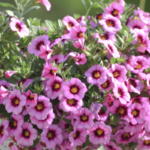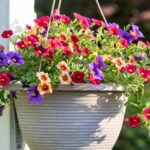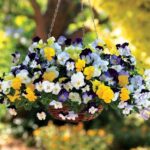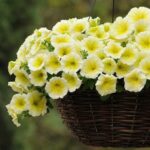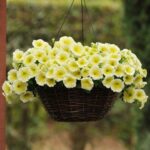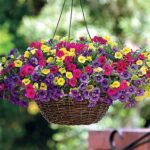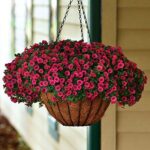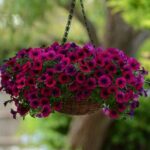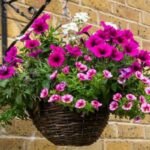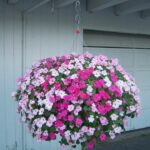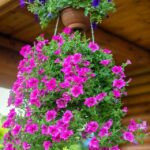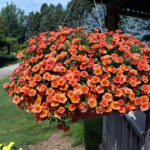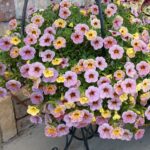In 1989, the Calibrachoa plant (Calibrachoa x hybrida or Calibrachoa clade) was separated from the Petunia family (Petunia clade). Despite this, both plants have similar requirements for water, container floor, and temperature. Also known as the coastal petunia, trailing petunia, or million bells, Calibrachoa is a bit smaller than a petunia with smaller flowers. It grows in mounds that can reach heights of 3 to 9 inches or as trailing stems up to 20 inches long. In comparison, petunias can grow to be 10-14 inches tall and 2-3 feet wide. The Calibrachoa plant is considered an annual and can grow in USDA plant hardiness zones 9 through 11 and beyond, according to the Missouri Botanical Garden.
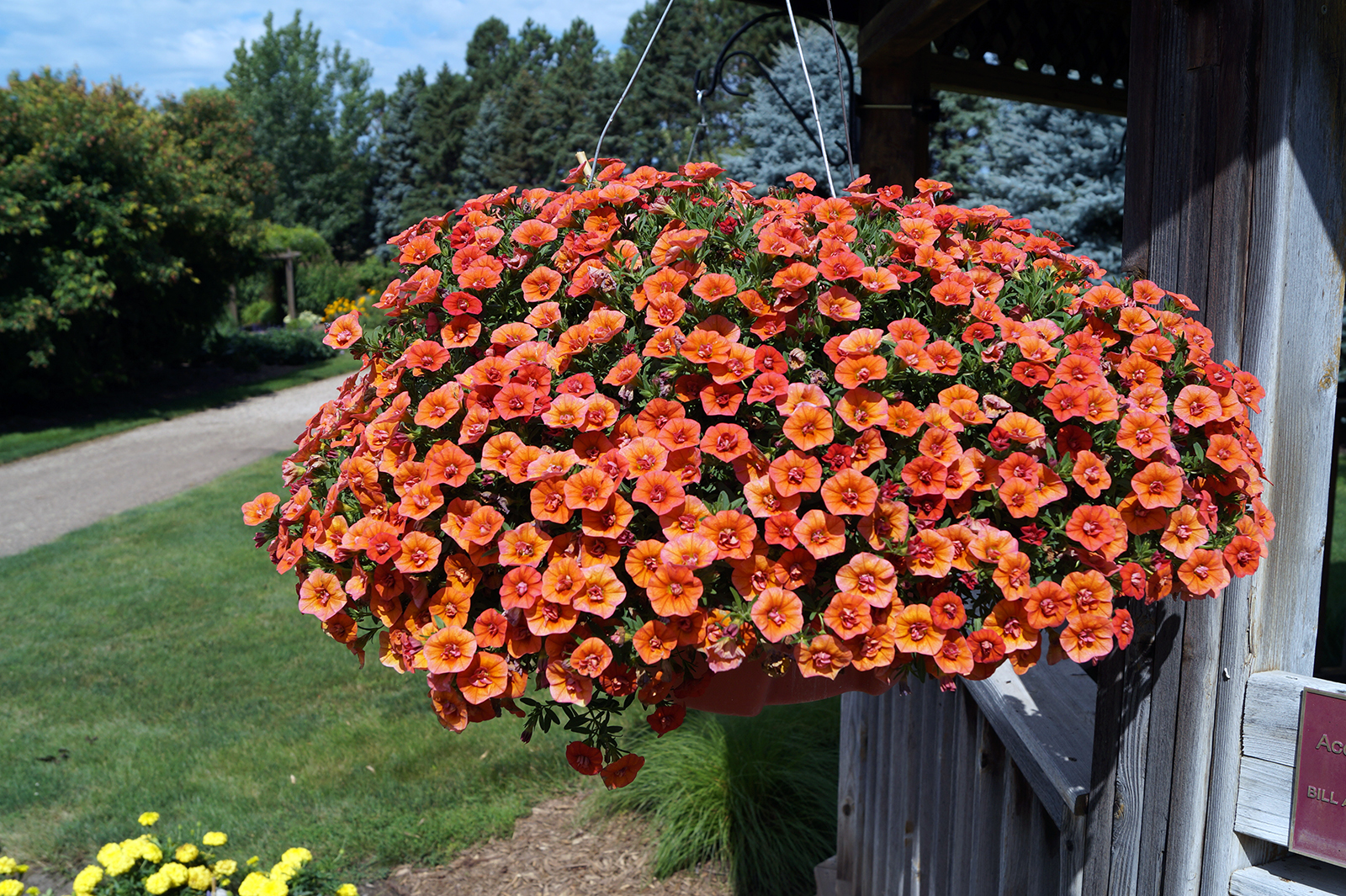
Calibrachoa is a plant that loves sunshine. It needs at least six to eight hours of direct sunlight every day. However, it can also grow in partial shade, but may not bloom as much. You should water the plant regularly, once a week during the growing season. If you’re growing it in a container, you may need to water it more often. Make sure to let the soil dry out completely between waterings. Although this plant can tolerate drought, it will grow better and look healthier if it gets enough water.
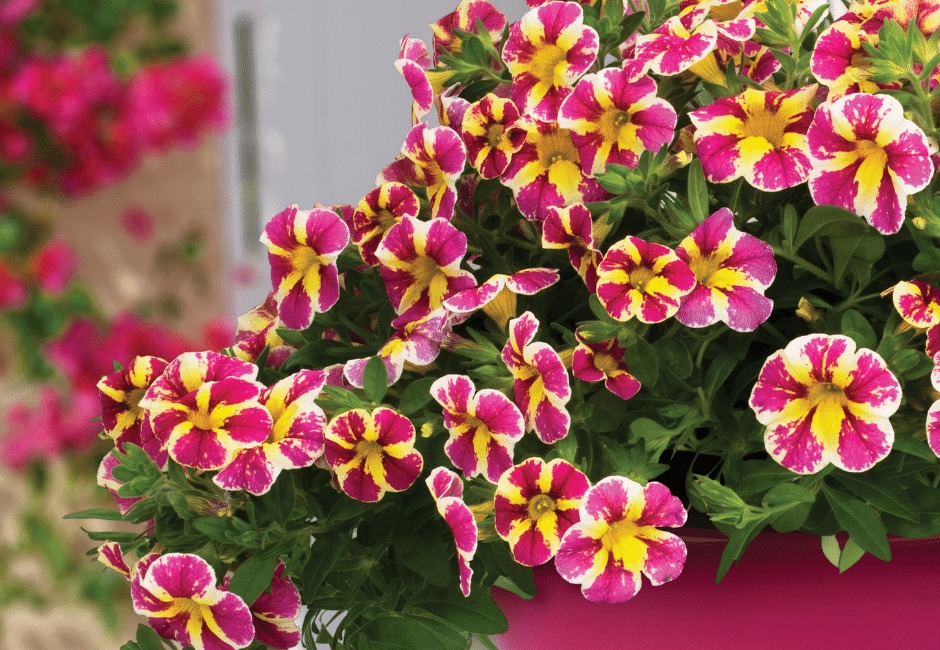
For optimal growth of Calibrachoa, it is recommended by Floridata to plant it in soil that has good drainage and is enriched with organic matter. The pH level of the soil should be neutral, not too acidic or alkaline. To ensure healthy growth, fertilize the plant every few weeks during the growing season using an all-purpose fertilizer according to package instructions.
Unlike petunias, pruning wilted blooms of Calibrachoa does not benefit the plant as it does not produce seeds from spent flowers due to being a hybrid. Removing these flowers won’t encourage more flowering as they fall off naturally. However, for a bushier and more compact growth, trailing stems can be pruned as suggested by PW Proven Winners.



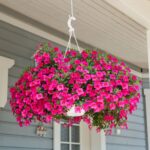

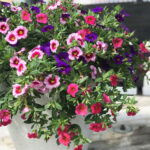
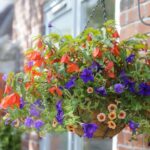
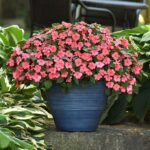
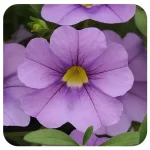
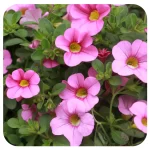
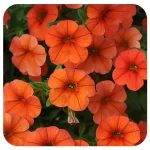
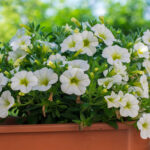
The Calibrachoa, also known as the Million Bells flowering plant, is a charming addition to any balcony or garden. With its white flower clusters in full bloom and green leaves, it makes for a beautiful ornamental pot plant.


